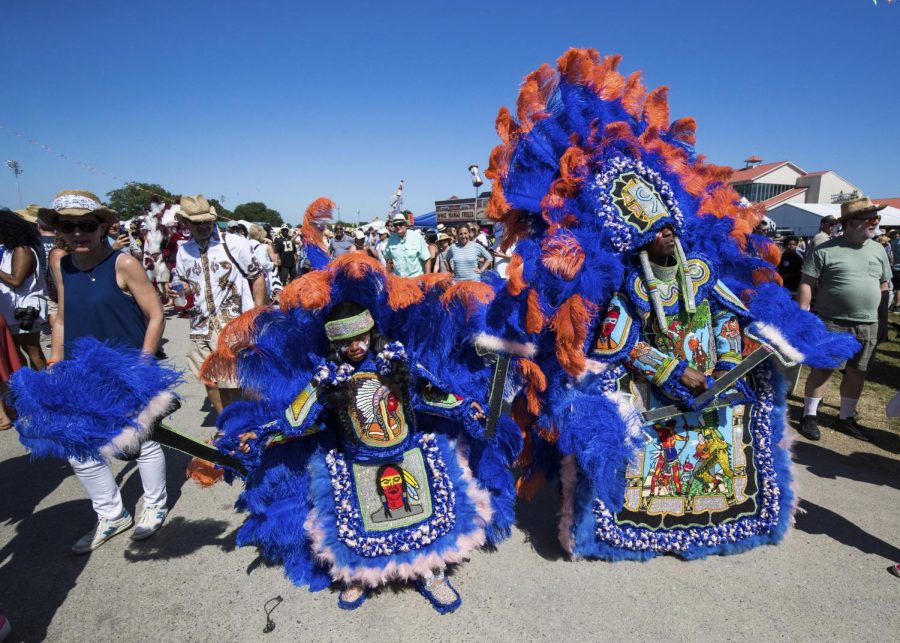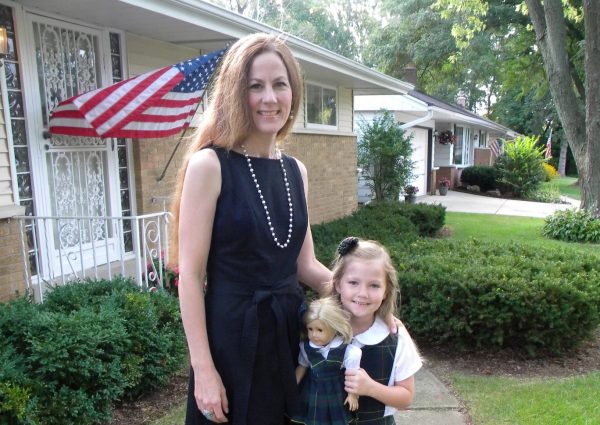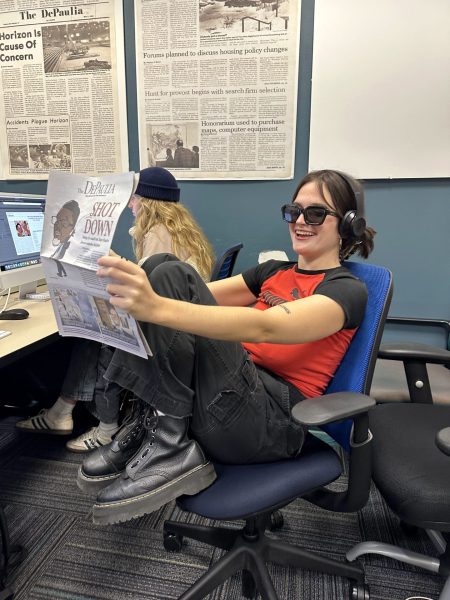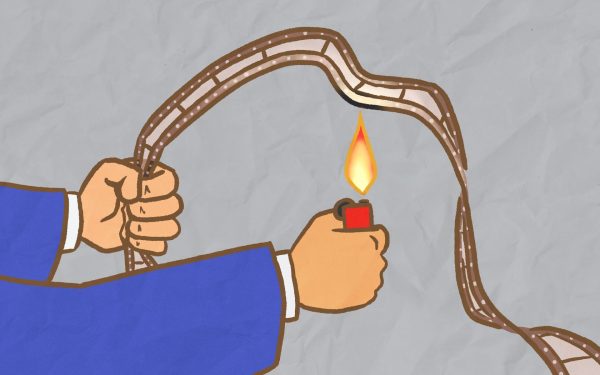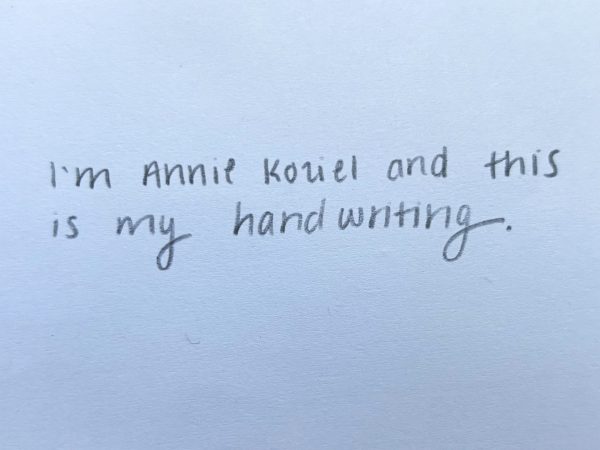OPINION: Cultural Appreciation: Navigating the gray areas between appropriation and appreciation
Credit: Sophia Germer / Associated Press
Two members of the 9th Ward Black Hatchet Mardi Gras Indians parade through the New Orleans Jazz Heritage Festival. A centuries-old African-American practice, Mardi Gras Indians have come under scrutiny for their adoption of Native American garb. Practitioners named themselves after natives because of historical native assistance in escaping slavery.
A few weeks back, on an unreasonably snowy April Sunday, I attended a first birthday party, the theme of which was “First Fiesta!” — it was adorable; everything was bright and cheery. There were three different kinds of tacos and an assortment of imported Mexican beers. Guests chatted over chips and guacamole while sipping homemade margaritas. On that wet, cold day, we were almost able to pretend that we weren’t stuck in a seemingly perpetual Chicago winter, but on a beach south of the border. I was having a great time. Until it was time for the birthday boy to eat his cake.
There was nothing wrong with the cake itself, although to gourmands, confetti cake may be slightly offensive to their sophisticated palates. What gave me pause was the tiny little sombrero adorned with a “1” that the parents put on the baby’s head. The family had zero Mexican blood in their ancestry, so I couldn’t help but wonder, “Is this okay?” While the baby looked as cute as a button in his sombrero, I refrained from taking any pictures of him eating his birthday cake.
Others, however, didn’t seem to have the same worries as I did; everyone was snapping pictures left and right. Not wanting to draw attention to the fact that I wasn’t documenting this momentous occasion in the baby’s life, I retreated to where I’ve always felt safest: the kitchen. Over my second (okay, fourth or fifth) taco, I tried to push my concern aside. The parents, I know, would never do anything intentionally offensive, but it seemed like the sombrero could be just a tad bit culturally appropriative.
Fast-forward to a few weeks later when I was walking with a friend, who just so happens to be Mexican-American. As two budding journalists, our conversational topics sometimes veer into social issues and today I was telling her about the piece I was writing on cultural appropriation. I told her about the birthday party and, of course, the little sombrero. To my relief, she didn’t think it sounded like cultural appropriation. “They weren’t mocking Mexican culture,” she said. “They were celebrating it.” In other words: The parents’ intentions were good.
Intent and cultural appropriation go hand-in-hand. At the 2019 Center for Journalism Integrity and Excellence Awards luncheon, The New York Times executive editor Dean Baquet offered a bit of his own personal insight in regard to cultural appropriation. When one student asked Baquet whether the tradition of Mardi Gras Indians in his native New Orleans constituted appropriation, Baquet’s answer proved my personal theory. “I think it’s intent,” said Baquet.
During Mardi Gras, groups — called “tribes”— of African-American people dress up in intricate, hand-sewn Native American regalia, replete with beads and feathers. The tribes march through the streets of New Orleans. The practice is centuries old. There are about 38 different tribes. It is a significant part of both Mardi Gras and New Orleans culture as a whole. “It has a completely different meaning that’s not only accepted, but embraced by the black community in New Orleans,” Baquet said of the practice. “I think in the more recent examples of blackface by politicians in Virginia, the intent was quite different.”
The intent behind wearing blackface is obviously to degrade African-American people, but intent isn’t always easily identifiable. Maybe it is the intention of the Mardi Gras Indians to preserve their own special Mardi Gras tradition or perhaps to show camaraderie with Native Americans, another historically marginalized group. But if you type into the Google search bar the terms “Mardi Gras Indians” and “appropriation,” you’ll get numerous results arguing that it is, in fact, cultural appropriation.
There is no one-size-fits-all approach to identifying what is cultural appropriation or intent behind actions that could potentially be perceived as appropriative. Cultural appropriation means something different to each individual. I am by no means an expert on the matter. In fact, I am aware of how ridiculous it is for a white person, as I am, to be writing about cultural appropriation when white people reign supreme in appropriating cultures. However, I really want to know more about it, so I make a point to continuously educate myself on cultural appropriation. And there will always be opportunities to do so because I believe that cultural appropriation is an ever-evolving concept.
There are a lot of gray areas. Not everyone will understand that your intentions were honorable. The line blurs between what is and isn’t appropriation. If a little boy who isn’t black wants to dress up as Frederick Douglass for his school’s historical figure day because he admires Douglass, he absolutely should, so long as he or his parents aren’t covering his face in dark makeup. If you want to wear suede moccasins because they’re comfortable and you like them, go for it. Just don’t wear a Native American ceremonial feather headdress, especially not to a music festival. I don’t think that cultural appropriation is ever a good thing, but I do believe that cultural appreciation is. We just have to be sensitive in how we choose to show our appreciation.

